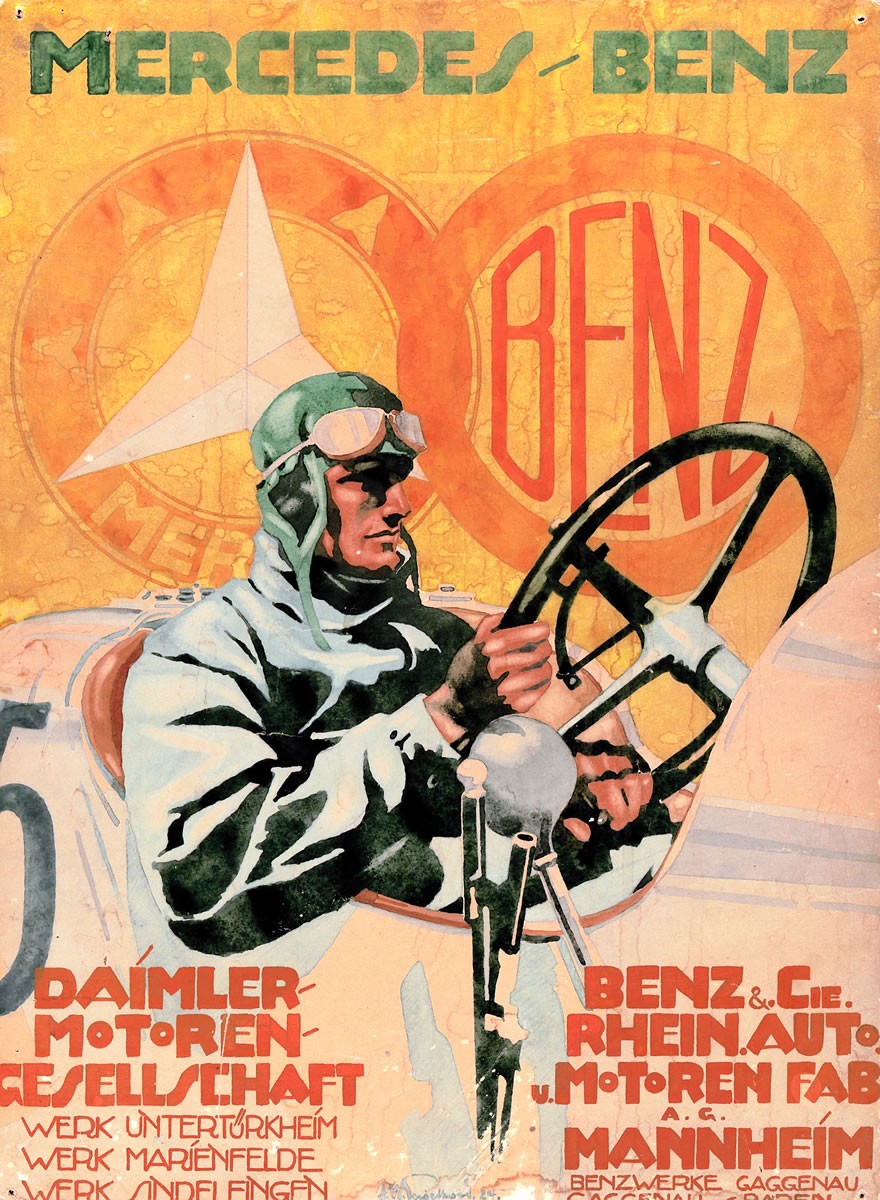The Mercedes-Benz symbol, the iconic three-pointed star encased in a circle, is instantly recognizable worldwide. But beyond its aesthetic appeal, what is the Mercedes-Benz symbol meaning? Many admire it, few truly know the rich history and profound symbolism embedded within this emblem of automotive excellence. Let’s delve into the fascinating story behind the Mercedes-Benz star and uncover its hidden depths.
The Star is Born: From Daimler’s Vision
The story begins with Gottlieb Daimler, a pioneer of the automotive industry. Long before Mercedes and Benz merged, Daimler was making his mark. In 1872, he took on the role of technical director at the Deutz gas engine factory. During this time, Daimler marked a star on a postcard of Cologne, pinpointing his house. This wasn’t just a random doodle; he sent the postcard to his wife with a prophetic message. Daimler declared that this star would one day shine over his factory, symbolizing prosperity and success. It was a personal symbol of ambition and a vision for the future.
From Personal Symbol to Trademark: The Daimler Sons’ Legacy
Years later, after Gottlieb Daimler’s passing, his sons, Paul and Adolf Daimler, were seeking a distinctive trademark for the Daimler Motoren Gesellschaft (DMG). Remembering their father’s symbolic star, they recognized its potential. This wasn’t just a nostalgic nod; it was a powerful symbol already imbued with Daimler’s ambition and vision.
In June 1909, the DMG board embraced the idea, registering both a three-pointed and a four-pointed star as trademarks. While both were legally protected, it was the three-pointed star that resonated and was ultimately adopted. By 1910, the three-dimensional star began gracing the radiators of every Mercedes vehicle, becoming a tangible representation of the brand’s identity.
Universal Motorization: The Three Points Explained
The three-pointed star wasn’t chosen arbitrarily. It was designed to represent Gottlieb Daimler’s vision of “universal motorization.” Each point of the star symbolizes Daimler’s ambition for his engines to power transportation on land, water, and in the air. This encompassing vision reflected the breadth of Daimler’s engineering aspirations and the versatility of his engines. The Mercedes-Benz symbol meaning, therefore, goes beyond just cars; it embodies a pioneering spirit that sought to revolutionize transportation across all domains.
Evolution and Refinement: The Star in a Circle
The Mercedes-Benz symbol continued to evolve. In 1916, the star was encircled, adding another layer of visual identity. This circular enclosure sometimes featured small stars and the name “Mercedes,” or alternatively, the names of DMG plants, further grounding the symbol in the company’s operations and heritage.
In November 1921, DMG sought patent protection for new variations of their trademark, solidifying the three-dimensional, three-pointed star within a circle. Registered as a trademark in August 1923, this design became the definitive Mercedes-Benz emblem we recognize today. It is a testament to the enduring power of Daimler’s original vision, refined and strengthened over time.
The Enduring Legacy of the Mercedes Star
In conclusion, the Mercedes-Benz symbol meaning is deeply rooted in the ambition and vision of Gottlieb Daimler. The three-pointed star represents his dream of universal motorization – powering movement across land, sea, and air. Encased in a circle, this emblem has become a global icon, synonymous with luxury, innovation, and engineering excellence. So, the next time you see the Mercedes star, remember it’s not just a logo; it’s a symbol laden with history and a testament to a pioneering spirit that continues to drive the brand forward.
